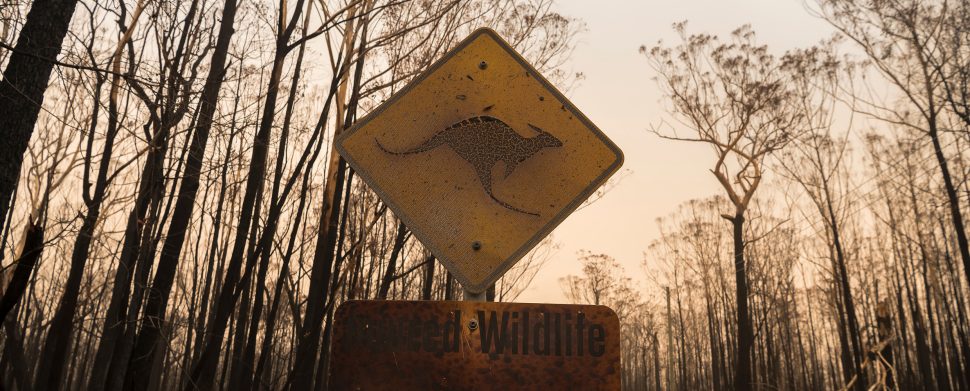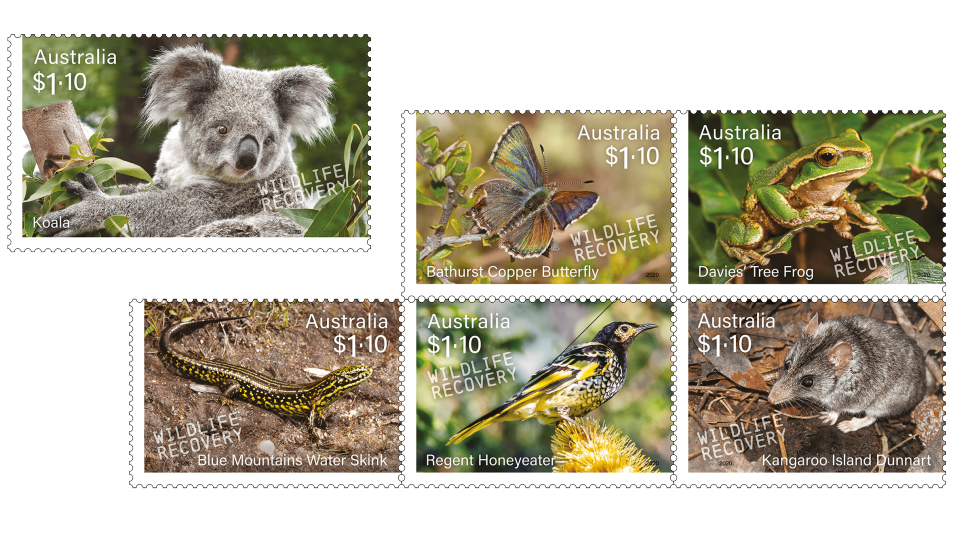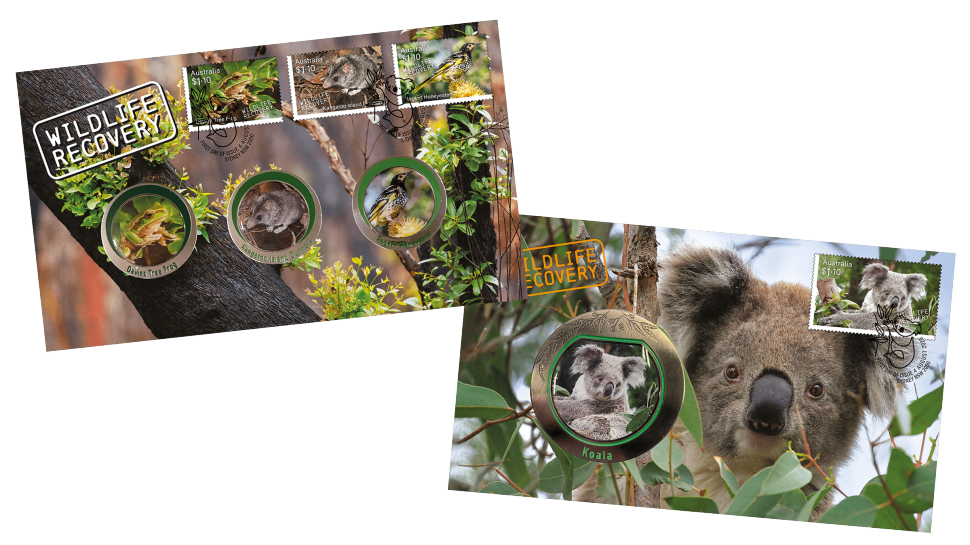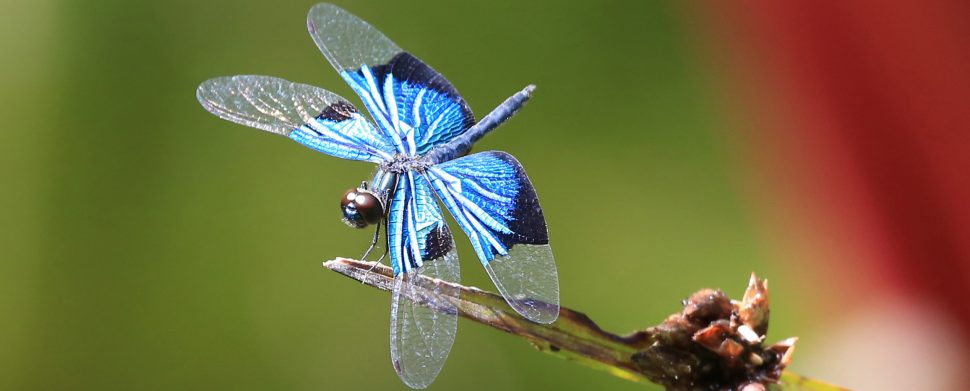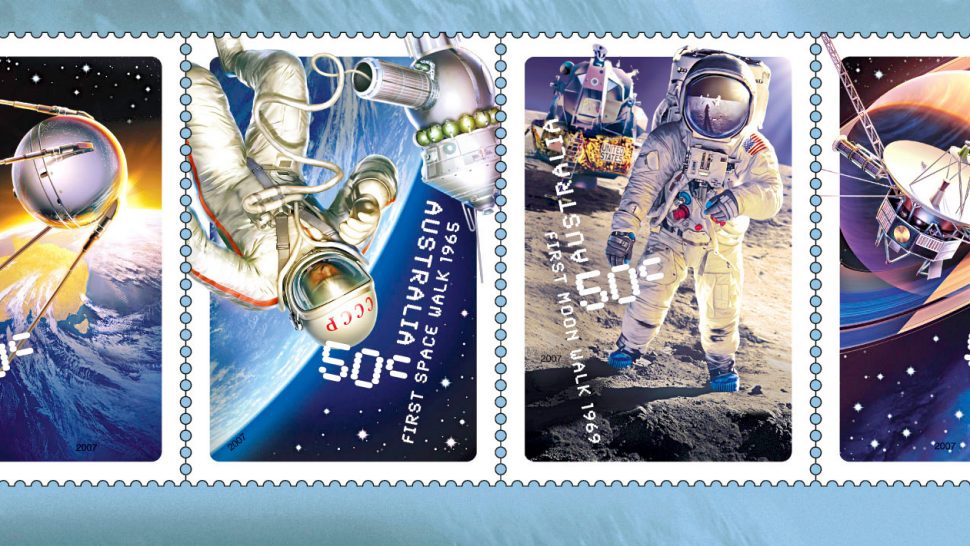The devastating bushfires that raged during an early and long-lasting 2019–20 bushfire season caused extensive damage across Australia. Some 12 million hectares burned across town, rural and remote areas, including in bushland and protected areas. The fires claimed the lives of an estimated 1.25 billion animals, leaving many others without food, water and shelter, and exposed to predators.
In January 2020, the federal government’s newly formed Wildlife and Threatened Species Bushfire Recovery Expert Panel set about identifying fire-affected species especially at risk and in need of urgent conservation management. By late March 2020, 119 species had been identified because of their level of endangerment before the bushfires, the extent to which their habitat had been burnt, and traits that might make them vulnerable to fire. Prior to the bushfires, many of these species were listed on the federal Environmental Protection and Biodiversity Conservation Act (EPBC), in state legislation and on the International Union for Conservation (IUCN) Red List, with the bushfires worsening their already perilous state. In April, the expert panel identified 191 invertebrate species, with another 147 under investigation.
This year’s stamp issue for Stamp Collecting Month, Wildlife Recovery, will be released on 4 August 2020. It depicts six species that the expert panel identified as needing help to recover after last summer's bushfires. Featured are the much-loved, tree-dwelling Koala (Phascolarctos cinereus); one of Australia’s rarest butterflies, the Bathurst Copper Butterfly (Paralucia spinifera); the Davies’ Tree Frog (Litoria daviesae), which occurs in localised small populations in New South Wales; the Kangaroo Island Dunnart (Sminthopsis griseoventer aitkeni), the island’s only endemic mammal; the Regent Honeyeater (Anthochaera Phrygia), a striking bird, now present only in New South Wales and Victoria; and the Blue Mountains Water Skink (Eulamprus leuraensis), which is endemic to the Blue Mountains, a key bushfire location.
The significant efforts being made to assist affected species come from conservationists, scientists, government agencies, land managers, wildlife rescue and rehabilitation groups, and individual carers. They not only immediately set about rescuing and assisting animals during the fires but have also continued their important work, with the goal of ensuring the longer-term survival of affected species.
Stamp Collecting Month is a great way for grandparents, parents and teachers to educate children in middle to upper primary about our most vulnerable native species, which are a valuable aspect of our natural heritage and need our help to survive. The stamps and products provide collectors with the perfect opportunity to share their love of stamps with children and grandchildren, while also discussing the importance of caring for wildlife, as well as the impacts of climate change and bushfires.
The six striking stamps, five commemorative size and one double-definitive (the Koala design), are presented in a minisheet, as well as in a stamp pack and on maxicards, the latter of which are perfect to send to friends and family overseas. The five commemorative-sized stamps are also available in booklets of 10 self-adhesive stamps.
There are two limited-edition, numbered medallion covers being released with this issue (only 1,200 of each). One cover features a 60-millimetre, antique-nickel-plated Koala medallion with a colour-printed insert. The other is a triple medallion cover, containing three 37-millimetre nickel-plated medallions, also with colour-printed inserts, featuring the Regent Honeyeater, the Kangaroo Island Dunnart and the Davies’ Tree Frog.
The Wildlife Recovery stamp issue is available from 4 August 2020, online, at participating Post Offices and via mail order on 1800 331 794, while stocks last.
Stamp Collecting Month runs during August 2020.
View the gallery and technical details from this issue
Visit the Stamp Collecting Month 2020 website
View the Stamp Collecting Month 2020 educational materials
This content was produced at the time of the stamp issue release date and will not be updated.
